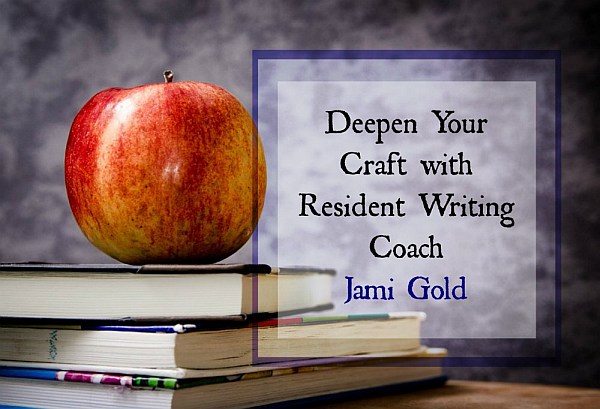It’s time for another one of my guest posts over at Angela Ackerman and Becca Puglisi’s Writers Helping Writers site. As one of their Resident Writing Coaches, I’ve previously shared:
- insights on how to approach an overwhelming revision
- how to increase the stakes (the consequences for failure) in our story
- 7 ways to indicate time passage in our stories (and 2 issues to watch out for)
- how to translate story beats to any genre
- how and why we should avoid episodic writing
- how to find and fix unintended themes
- how “plot” holes can sneak into our characters and worldbuilding
- how TV shows can help us learn to hook our readers
- what we can learn from stories that successfully break the rules
- how to ensure revisions aren’t creating rips in our story
- how to create strong story goals that won’t slow our pacing
After that last post, I followed up the topic of story goals with several other posts here, exploring:
- how and why weak or passive goals can sometimes be good for our story
- how multiple protagonists might give us even more flexibility with our characters’ goals, and
- whether our story can ever have too many goals.
With this turn for another coaching article at WHW, I’m looking at the question from the other side of the mirror: We know the goals pulling our character forward, but what’s pushing them back? What’s stopping them from making progress?
What’s Our Story’s Conflict?
Without conflict, our characters would reach their goals immediately. They want X and then they get it.
Even for a flash fiction story, that might be a bit basic and boring. *smile*
We enjoy reading about the struggle. We want doubts about whether they’ll get what they long for. That uncertainty is what makes us turn the pages to see what happens next.
Conflict is far more than just “fighting.” Conflict refers to whatever stands between our characters and what they want. Conflict is whatever—external or internal—obstacles prevent them from making progress.
In other words, conflict is what turns a goal into a story. Our characters’ struggles to overcome the conflict creates tension, sets our story’s pacing, and introduces change to the story. In turn, that change also gives our story meaning.
Stronger Conflict Creates a Stronger Character
A few weeks ago, we talked about what turns a character into a hero: a “leap of faith.” If our story’s conflict is too easy, our character’s change—their struggle—would be too easy as well, and they wouldn’t seem heroic.
On the other hand, if we set up a strong conflict—if we make our characters’ chances of success seem impossible—when/if they eventually overcome the obstacles, they’ll seem heroic. They’ve taken a leap of faith despite all the risk.
That courage and willingness to fail is not only inspiring for readers to experience, but it also strengthens the story’s meaning and theme. (Or even if our story is a tragedy and our character doesn’t overcome the obstacles—if they try and fail—they’ll still seem heroic in a martyr-type way. *smile*)
Is There Such a Thing as “Bad” Conflict?
To ensure our story’s conflict is strong, we first have to identify: What’s stopping our characters?
How can we prevent internal conflict from making our characters seem weak? Click To TweetWe can think about what’s keeping our story from being flash fiction along the lines of “She wanted a new job, and she got one. The End.” Or we can ask ourselves why don’t they make progress toward success faster.
But however we come up with our list of obstacles, our list will probably include both external (plot) and internal (character) issues. Plot obstacles are usually straightforward, but internal obstacles can be a bit tricky.
Imagine chapters upon chapters along the lines of:
- I know I should do X, but I don’t want to.
- I want A. No B. No A.
- I want Z, but I’m not going to try to go for it because I don’t deserve it.
Obviously, our characters can run the risk of seeming indecisive, weak, or just plain stupid if they carry on too much internal debate in their head. But don’t worry, there’s a way we can overcome that problem. *smile*
Writers Helping Writers: Resident Writing Coach Program
Avoiding Change: Whats Stopping Our Characters?
Come join me at WHW above, where I’m sharing:
- what makes change feel realistic
- the risks of change being too easy vs. too hard
- how to include strong conflict without the risks
- 2 examples of how we use plot obstacles
- 2 examples of using internal obstacles—and how to avoid the risk of hemming and hawing characters
Do you struggle to include conflict or to find the right level of conflict? Can you think of any stories that had too weak of conflict? Or can you think of any stories that had characters internally debate too much? Do you have any questions about strengthening our story’s conflict? Or about avoiding the problems of too much internal debate? (My WHW posts are limited in word count, but I’m happy to go deeper here if anyone wants more info. *smile*)

